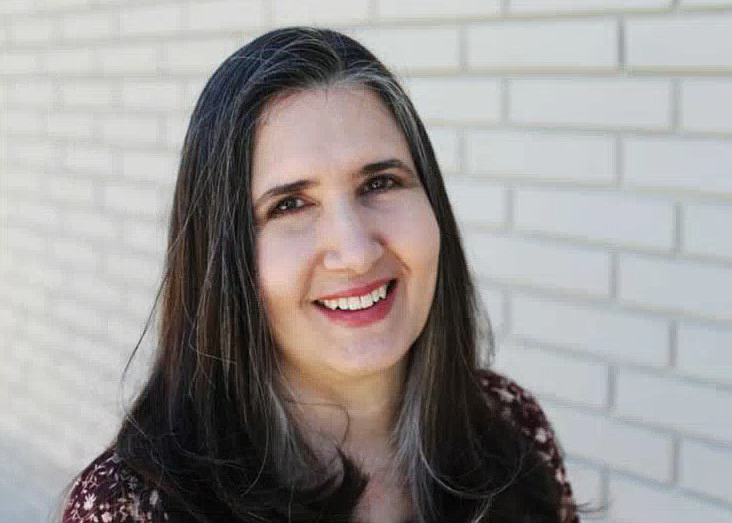Is there soul in your stroll?
Walking along the beautiful avenues of Paris even on the quietest morning one has the sense of the bustling to come on those historic, stone-lain streets. Of that haute, busy quality Parisians share — a sort of fashionably confident, let’s-get-on-with-it approach to the day.
In Rome, seeing ancient ruins juxtaposed against modern businesses evoke a feeling of the expanse and nature of time. A reminder that one man’s life is but a drop in oceans of histories made and yet to come.
In a New York town just a few feet from a hotel, restaurants, and town market stalls are the shores of Lake Erie, its oscillating waves sounding as powerful as any sea. Its vastness offers a broader perspective to the day’s worries. Or perhaps an empathetic understanding of their depths.
When a place makes us feel, and feels different than some other place, that’s psychogeography.
Paris is quite apropos of psychogeography because it was home to both nineteenth century French poet Charles Baudelaire who was credited with the notion, and Guy Debord who coined the term a century later. The concept really took off among artists and writers in the 1990s: that the subconscious, if not the imagination, is impacted simply by taking a stroll and paying attention to the urban geography around us.
Baudelaire’s “flaneur” was a man who consciously observed as he strolled along French avenues, wandering and exploring and letting it all sink in. He walked along streets he’d long known, and others he hadn’t, discovering anew that the city revealed a fascinating kaleidoscope of people, feelings, and thought as he observed them going about their daily lives. Quietly walking by and focusing outward on the events and architectures of our surroundings, rather than missing it all in our self-absorption, evokes fascination and feeling.
His flaneur rediscovered his own city, and likely never saw it, nor perhaps himself, exactly the same way again. Writers and artists have also explored the concept, with architecture and other subjects reimagined in the dada and surrealist movements meant to open our eyes to what we tend not to notice.
To walk casually, but to really look. To see the nuances of a place and to ask, “how does this make me feel?”
In our family, we call them “expotitions” — a term borrowed from that bear of little (but wise) brain, Winnie the Pooh. No matter how small the town or how drab the city, our family habit with any place new (or newly unfamiliarized) is to alight with some excitement, stroll without destination, and look for the new. Finding the awe in the smallest of nooks or crannies, if that’s what it takes.
There is awe in the placement of a tree on an urban street. In the bird pecking through the rubble. In a graffito on the wall. In the homeless person talking with the one in a suit, in front of a cone-shaped building. Everywhere, a story. Everything, a vignette.
Psychogeographers add soul to the stroll. Earth, mind, and foot in harmony. Investigating. Observing. Noticing the feeling.
Let’s go for a walk.
• • •
Sholeh Patrick is a columnist for the Hagadone News Network who aims to rediscover familiar streets. Email sholeh@cdapress.com.

